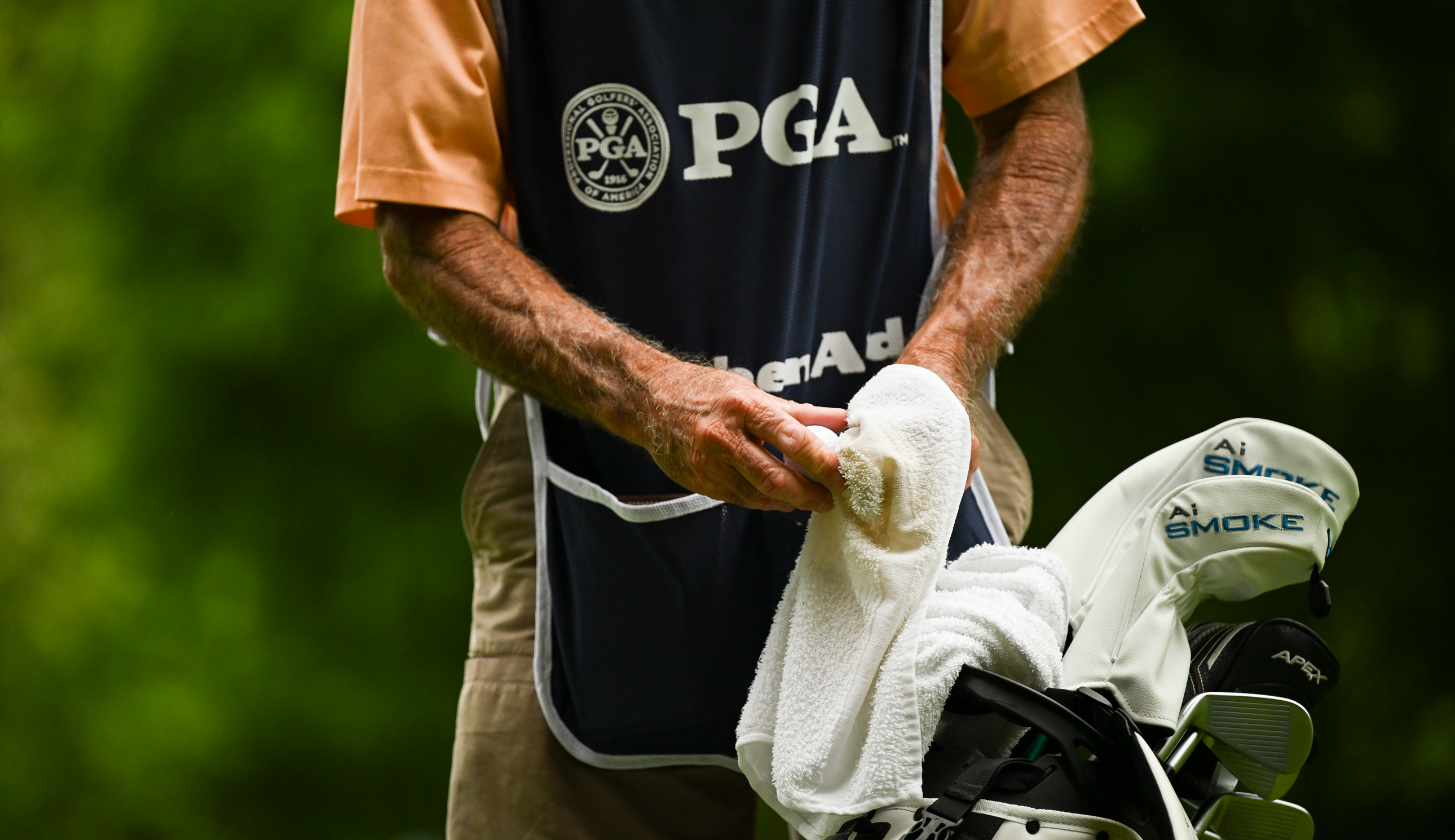I Play Off 3 – I Do These 6 Things Differently To Most High-Handicappers
Since the age of 13, I've held a handicap under 5. During that time, I've learned some simple tips and tricks that make a big difference on the course


When it comes to golf, everyone is different. Some take every facet of their game incredibly seriously, while some use it as a four hour break from the real world.
For me, I took up the game when I was just seven years of age and, at the age of 13, I had a handicap of below five. That's 20 years of experience in the sport that I possess and, because of this, I've actually been playing longer than a considerable amount of players at my home club.

Because of this, I have noticed a number of little things that I do differently compared to those with higher handicaps, which I believe can make a huge difference to their golf games.
From experimenting with different shot shapes to simply knowing your yardages, these are six really simple things that I believe lower handicappers do and many higher handicappers don't...
If there are any points you feel we have missed then let us know in the comments below!
Humbling Yourself
Approach shots coming up short of the flag are one of the most common mistakes I see with not just higher handicappers, but also lower handicappers.
Put simply, the reason is ego. How many golfers do you know think they hit the ball a lot further than they do? Because they've hit their 8-iron 165 yards once, it now means that's the new yardage for it.
Subscribe to the Golf Monthly newsletter to stay up to date with all the latest tour news, equipment news, reviews, head-to-heads and buyer’s guides from our team of experienced experts.
It's a regular occurrence that players try to force a club to the yardage, when an extra number struck smoothly can all-but guarantee the ball ending up pin high or, at the very least, on the front edge.
Don't be scared to go up a club or two when deciding what to hit. Put it this way, would you rather be 30 yards short but impress your mates by hitting a short iron, or be pin high striking a mid iron?
I know my yardages very well, and one tip I will give you is to leave your ego at the the door and be realistic about how far you actually hit each club.
Cleaning The Golf Ball On The Green

Why more people don't do this is beyond me! This is one of the most simple tricks you can do to help your game and it takes all of five seconds.
As we see when hitting approach shots into the green, mud can have a huge effect on what your golf ball does. It can move it 30 yards left or right, or even drop it out of the sky.
So why don't golfers clean their golf balls when they're on the short grass?
The amount of times I see players claim that the putt moved, or rolled, unexpectedly is excruciating. Yes there's a slope on the green, but that acre of mud you've left on the ball doesn't help!
It's like when you lift a 10kg dumbbell with one hand, and a 15kg dumbbell with another, what's going to happen? The likelihood is you're going to tilt to one side.
Clean the golf ball and you will find yourself having a consistent roll, thus increasing your chances of holing more putts.
Pre Shot Routine
Some may argue that this can be time-consuming but, when it comes to a pre-shot routine, it doesn't have to take long, it just needs to be something that makes you comfortable when over the shot.
Whether it's having a trigger to make the swing, or by doing a mini checklist before striking the ball, I could probably count my pre-shot routine down to the nearest second.
Everybody is different, but I've found by doing something I'm comfortable with before making contact with the ball is a real help. It's something that prepares me for what is coming up.
Most of the time, I've found that players will put the ball down, make a few practice swings, look up at the target a few times and hit, which is fine... but why not try and implement some structure and consistency to your game. We do it in our day-to-day lives, so why not our golf games as well?
Working Out The Wind

Admittedly, this can be difficult to do, especially when you're playing courses where the wind swirls, just like we see at Augusta National and Wentworth.
However, working out the direction of the wind when it's blowing in a consistent direction isn't that difficult, especially when you have various tools on the course at your disposal.
When walking off the green, note which way the flag is blowing so, when you stand on the next tee, you can adjust it for your upcoming drive. If you can't do that, look at the tops of the trees or throw some grass in the air.
Where I see it most is when you are in a sheltered tee box, which my home course has plenty of. You've played in the exposed air for a number of holes so, just because you can't feel it on the tee, doesn't mean it has disappeared.
The wind is a real crippler for some players but, if you can learn to play in it, it gives you an advantage over the majority of the field. If you can work it out, it will save you a lot of shots.
Playing Different Shots
This has come with practice and experience, but I can't stress how important it is to have different shots in your locker.
For the majority of players, a stock fade is all they have, but if you can learn to manipulate the club face and learn to use your ball position then it opens up a whole new world of opportunities.
Suddenly, high and low ball flights and left to right shot shapes can make target-hitting that much easier.
Playing doglegs, if you have the ability to maneuver the golf ball both ways on the tee, it can open the angle on your upcoming shots.
It's the same with the short game. If you can open the clubface and strike the ball cleanly, that short-sided pin you're faced with suddenly becomes more getable.
I love experimenting with new shot types on the course and around the greens, as it's a time to get creative and, in essence, show off. We get mesmerized when the pros do it on the telly, so why can't we do it at home?
Keeping The Grooves Clear

This links in to the golf ball section, but when people don't clean their grooves it does slightly irk me...
The wedges in my bag are around 12 years old yet, if you were to look at them, the grooves are still sharp and I can get spin from them. How I do that? Well, that's because I clean them after every shot.
Only one section of the club is hitting the golf ball, and that's the face. Why would you want any interference with it, making your job harder on the course than it already is?
Again, it takes five seconds to use a brush on the grooves and face and then wipe away with a towel. It's that simple. Many wonder why their clubs go inconsistent distances or don't spin on the greens, so why not give them a clean and watch the magic happen.

Matt joined Golf Monthly in February 2021 covering weekend news, before also transitioning to equipment and testing. After freelancing for Golf Monthly and The PGA for 18 months, he was offered a full-time position at the company in October 2022 and continues to cover news and social media.
Taking up the game when he was just seven years of age, Matt made it into his county squad just a year later and continues to play the game at a high standard, with a handicap of around 2-4. To date, his best round is a six-under-par 66 having been seven-under through nine.
Matt’s current What’s In The Bag?
Driver: Honma TW747, 8.75°
Fairway Wood: Ping G430 LST 15°, 19°
Irons: TaylorMade P7CB
Wedges: Cleveland 588 RTX 2.0 Tour Satin, 50°, 56°, 60°
Putter: Cleveland TFI 2135 Satin Cero
Ball: Titleist Pro V1
You must confirm your public display name before commenting
Please logout and then login again, you will then be prompted to enter your display name.